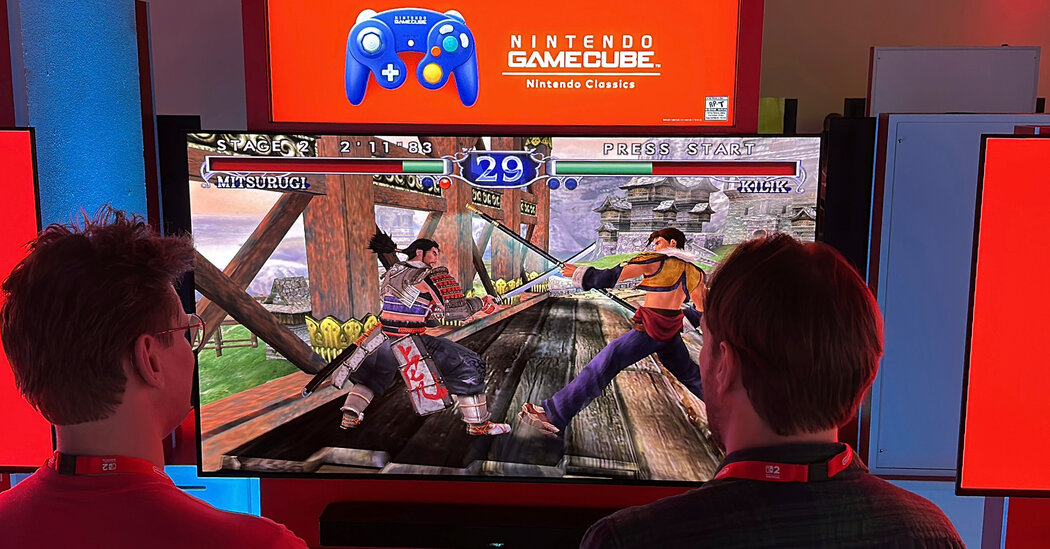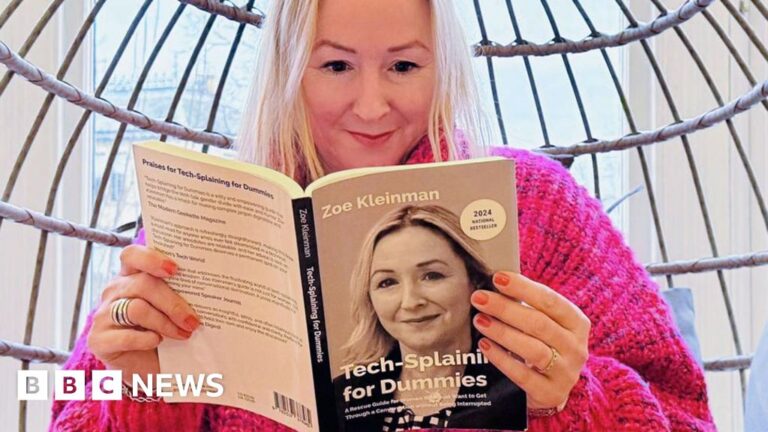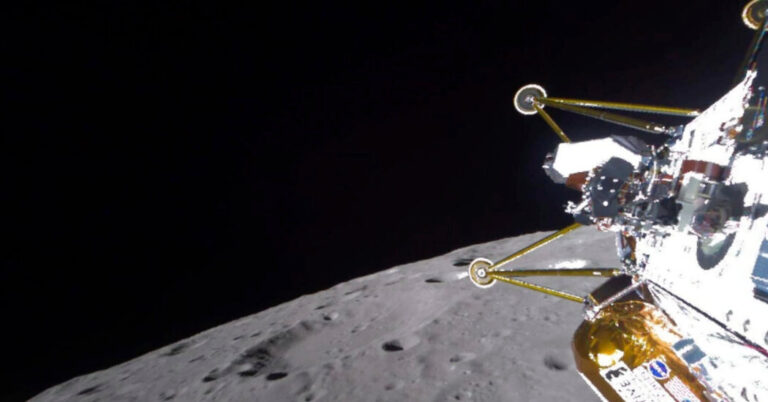For months, Nintendo, the maker of famed video game series like Super Mario Bros. and Donkey Kong, had expected the morning of April 2 to be a celebration. To much fanfare, the company announced the price and release date for the Switch 2, its new video game console eight years in the making. At an event in New York City, Doug Bowser, Nintendo of America’s president, took the stage as fans cheered the arrival of new games to accompany the console; Mario Kart, Donkey Kong and Kirby among them. Then, later that same day, President Trump announced tariffs that sent global stock markets reeling and put the Mario party in jeopardy. The new Switch was made in Vietnam, one of the countries on the tariff list. Two days later, Nintendo said it was delaying pre-orders for the Switch 2 and possibly raising the price from $450. Just how high was unclear. But on Wednesday, Mr. Trump said he was delaying expanded tariffs on Vietnam and many other countries for 90 days. Nintendo has yet to say how the delay will affect the Switch 2’s price.
Nintendo’s whipsaw experience shows the broader chaos Mr. Trump’s on-and-off tariffs have caused for technology manufacturers, and the uncertainty of what the market will look like for consumer technology in the coming months. In a statement before Mr. Trump delayed his expanded tariffs on countries other than China, Nintendo said it still planned to release the Switch 2 in June, but it did not set a date for when it would reopen pre-orders or announce a new price. Gamers had already taken to social media sites like X and Reddit by the thousands to complain. While it’s a common practice in the industry for gamers to blame the high cost of consoles and games on corporate greed, they turned instead to blaming Mr. Trump.
For years, Nintendo manufactured its gaming consoles in China. But it moved most of its production to Vietnam in 2019, during Mr. Trump’s first term, to sidestep tariffs and the threat of a trade war between China and the United States. Those maneuvers appeared to be for nothing as Mr. Trump’s plans announced last week threatened hefty new tariffs on goods from Vietnam (46 percent), Japan (24 percent), Malaysia (24 percent) and Cambodia (49 percent), leaving manufacturers in the region with few options.
Source link




